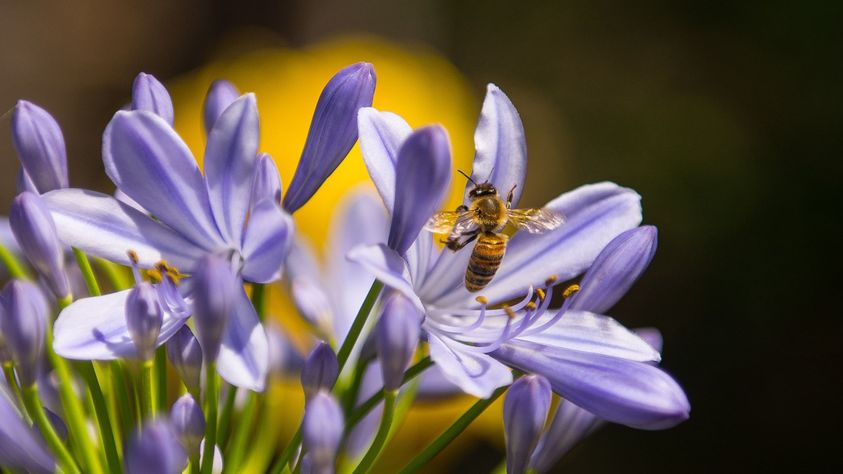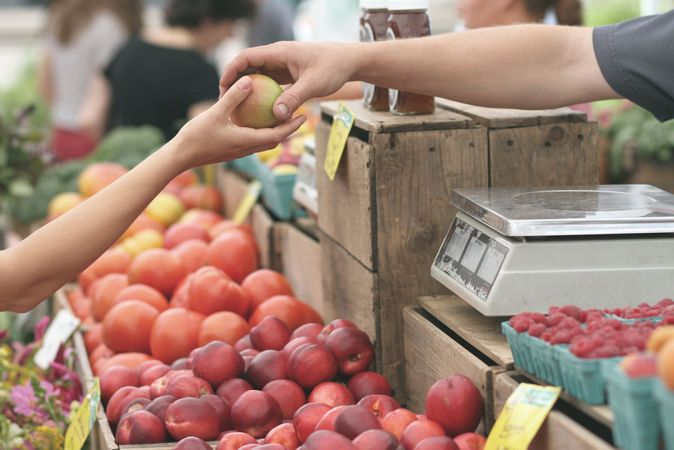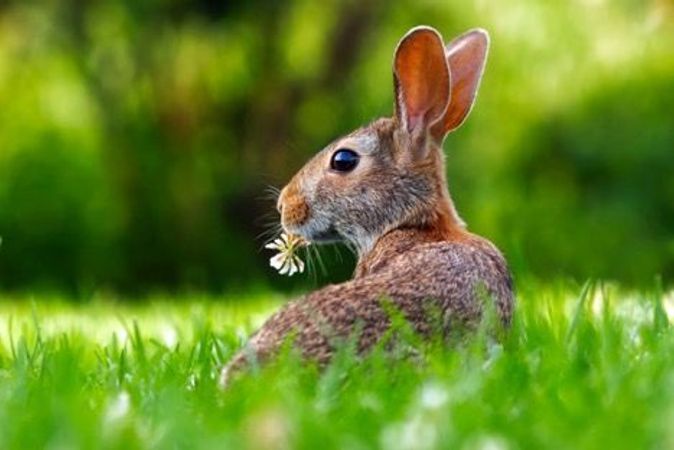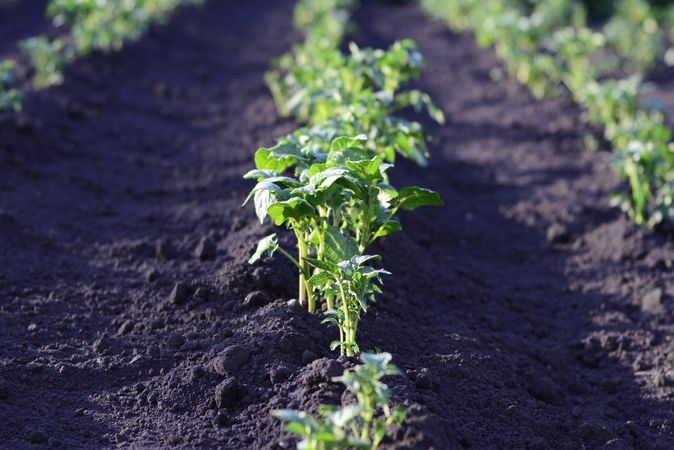Bees play a vital role in our everyday lives that many of us may not realize. In fact, one-third of the food we eat depends on bees, specifically honey bees, which pollinate plants we rely on such as apples, almonds, pumpkins and blueberries. Unfortunately, according to the Environmental Protection Agency, beekeepers reported major hive losses in the last decade that are resulting in a startling decline in the honey bee population.
Bees may be in a decline, but we can help. We’ve put together ways you can help increase your local bee population.
Plant Bee-Friendly Flowers
It’s a no-brainer that bees and flowers go together, but did you know bees are attracted to certain types of flowers? For example, they need to have open petals that stand upright in order to easily access the pollen, like cosmos and zinnias.
Color matters. Bees find blue, purple and yellow the most appealing. Try to avoid planting red flowers as bees can’t see the color (they see it as black). Sunflowers, daisies, California lilac and cranesbill are also attractive. Be sure to do your planting in the spring, summer and fall to keep the buzzing going year round.
Plant Herbs and Vegetables
Flowers aren’t the only plants that attract bees. Lavender, basil, mint, sage and cilantro provide food for bees as well as for humans. Plant the herbs in your garden or keep them in pots on your porch.
Let a few of your leafy vegetables, such as kale, cabbage and spinach, go to seed after harvest. Seeding plants are a bee’s best chance to stock on for the colder months ahead. Insects, such as wasps, die out when the cold weather arrives, but bees slow down and wait for spring.
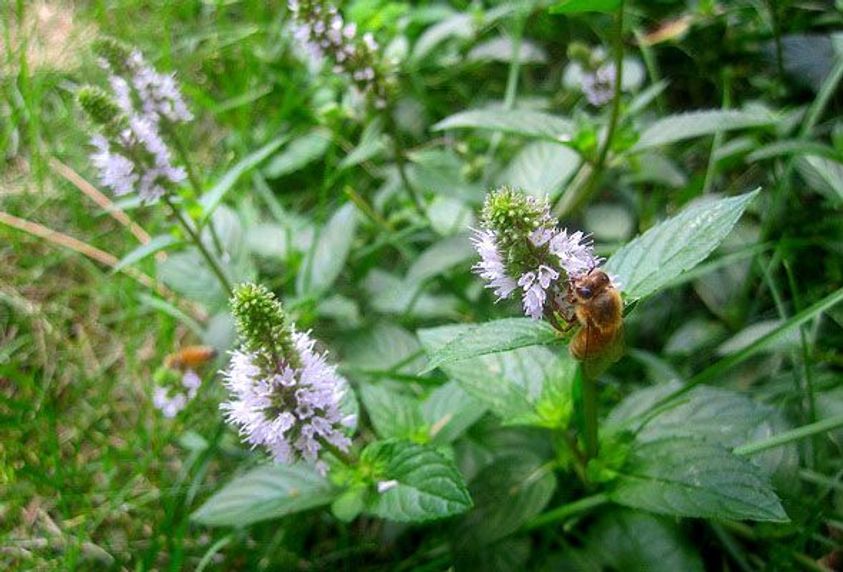
Don’t Use Pesticide
Nobody likes pests in their garden, but did you know pesticides, even some of the organic ones, are deadly to bees? To help protect the bees, avoid using them. There are many safer, pesticide-free options that are just as effective while keeping the bees safe, such as crop rotation and row covers. Another non-toxic alternative includes spraying an insecticidal soap on your plants. You can learn how to make insecticidal soap here. Utilizing plants that naturally repel pests, such as garlic, is another way to avoid using harmful chemicals.
Leave Out Water
Honey bees need water to drink while mason bees use water combined with dirt to build their nests. You can create a water source by using a birdbath, small bowl or household container. Place the water next to your bee-friendly plants for easy access. Make sure to change the water daily to prevent mosquito and fly issues. By providing a water source for your bees, you are allowing them to remain in your yard or on your property longer.
Build a Bee Habitat
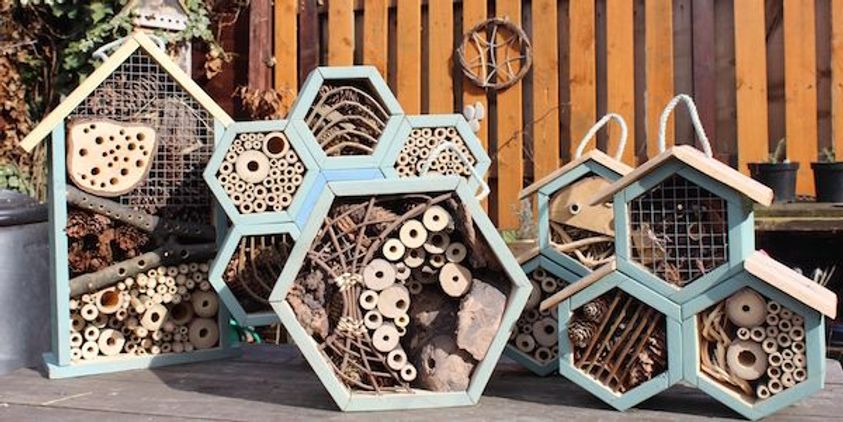
Offering a place for the bees to stay is a great way to increase the population on your property. Bee homes can be found in various home improvement stores in the garden and outdoor sections. If you’re feeling crafty, you can create your own. All you need to do is create numerous holes in an untreated wood block. Make sure to cover the holes with chicken wire to keep the birds from getting the bees. You can create other bee habitats by drilling holes in a dead tree or by creating piles of branches.


